If your transceiver has an S-meter, one "S" has 6dB.
Is decibel small? In my sense, yes, dB is quite small: it is difficult to hear a change of 1-5dB in voice quality.
A 5-10dB change is significant, 15dB or 18dB totally changes conditions.
Few devices in the amateur market can measure a 1dB difference.
But precise "bookkeeping" of the antenna system is important: the sum contains many small numbers: +7dB antenna gain, -0.5dB lost in UC-1 connector (other name for PL-259) , 20 meters of feedline with -35dB per 100m gives a 7dB loss, another UC-1 connector: In total, this system has an effective -1dB.
Connector power loss like UC-1 (PL-259) are not measurable at home, so take it from literature (most sources give 0.5dB).
Loss in longer cable can be measured in a good quality amateur testing set, or more simply read it from the manufacturer's data sheet.
In reality small changes can add up: increase antenna gain 1.5dB, install a better feedline for 0.3dB/1m, better connectors etc .... and you've made a 6dB improvement. This is a good result.
FM has a different behavior from SSB: quality is 'good' in a broad central part of scale (hard to distinguish for an untrained ear), a small drop in quality (voice+noise) near the low range, and drastic loss of quality when signal drops more and suddenly voice is totally unreadable under noise.
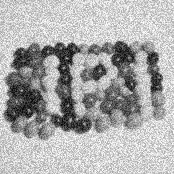
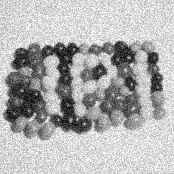
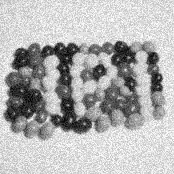
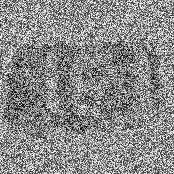
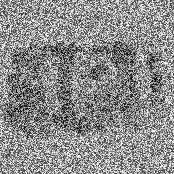

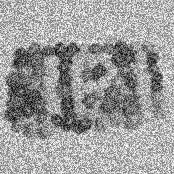
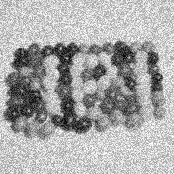
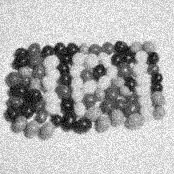
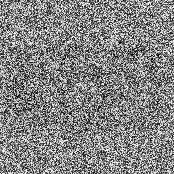
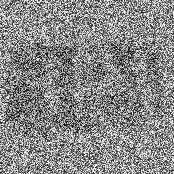

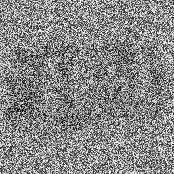
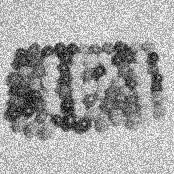

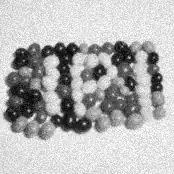
A reduction in volume or an decrease in SNR of 3dB is barely perceptible to the human ear (and only then if your hearing is quite good and conditions are ideal). However, a halving of contrast or effective luminosity is immediately perceptible to the eye as a significant change.
Slow Scan TV is a good way of equating the two concepts. What sounds like "Arm chair copy" frequently still results in perceptible visual noise.
– Hamsterdave Sep 16 '16 at 22:10